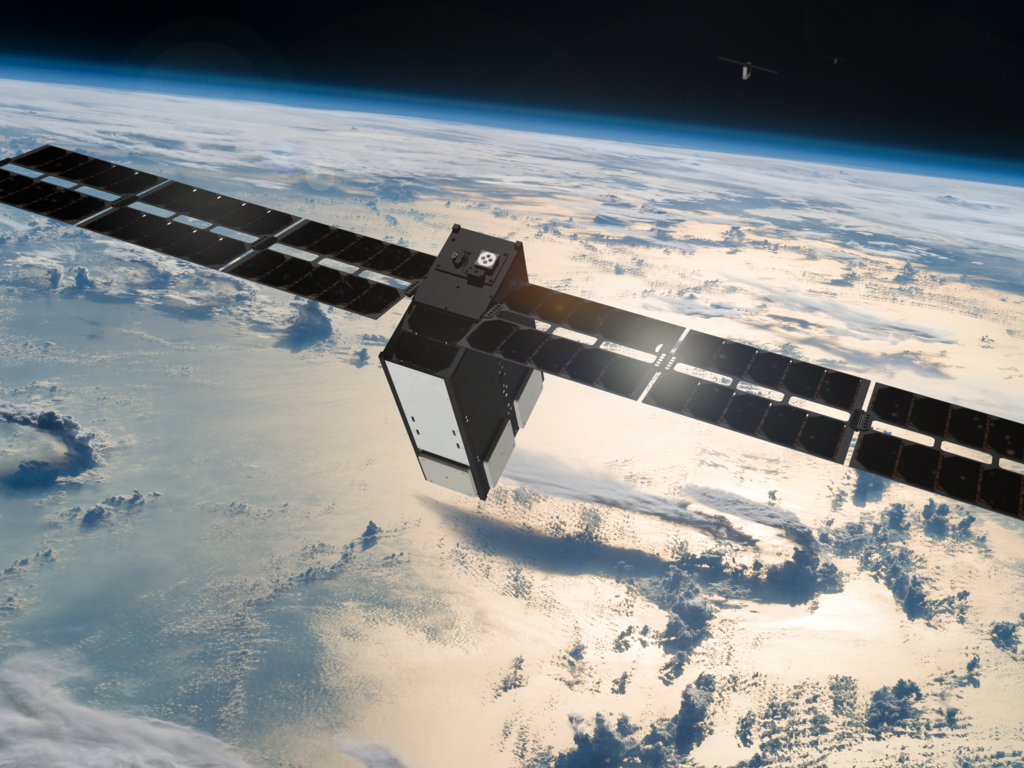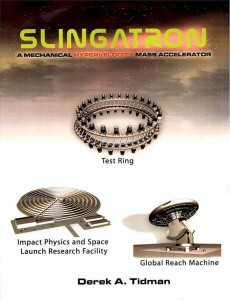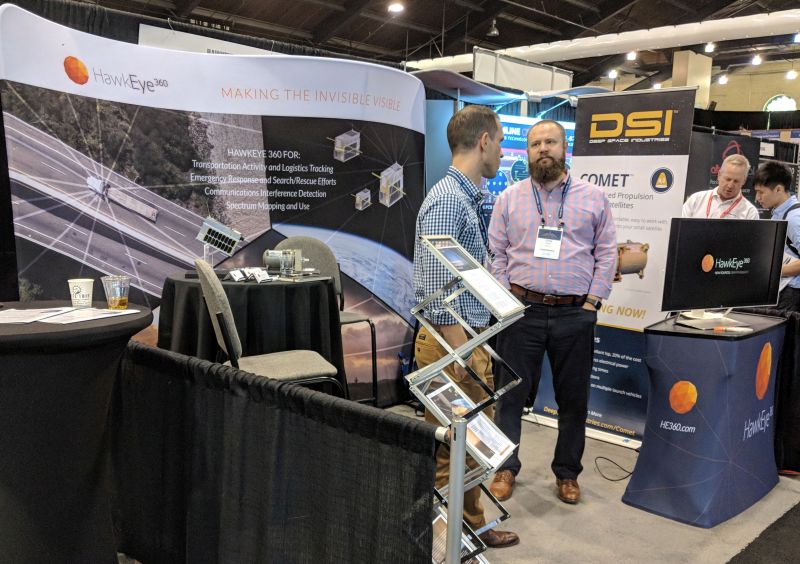27 Jul Communication from the Sky: Sky and Space Global

A CAD model of a SAS satellite in low earth orbit. Credit: SAS
There are over 5 billion unique mobile subscribers (as of August 2017) in the world. Despite this prevalence, there’s a considerable proportion of the population which lacks this access. The global sphere sees three billion people without access to affordable communication services. Connecting such populations through terrestrial means is a monumental challenge in geographically dispersed regions – Latin America, Africa, and Southeast Asia. Sky and Space Global seeks to address the challenge of global communication.
Sky and Space Global (SAS) plans to close the gap in the market between existing satellite communications operators, such as Iridium, Inmarsat and Globalstar, and land-based mobile networks such as Vodafone, Telefonica, Airtel and Safaricom. Affordable mobile services are critical for the economic and social development of many developing countries.
Sky and Space Global is working on a constellation of 200 nanosatellites of the 3U configuration in equatorial or near-equatorial low earth orbit (LEO) for narrowband communications. The total cost of all the satellites is expected to be $150 million. SAS is the first company to consider using nanosatellites for communication.
09 Jul Space: Mechanical Launch Vehicle by HyperV




